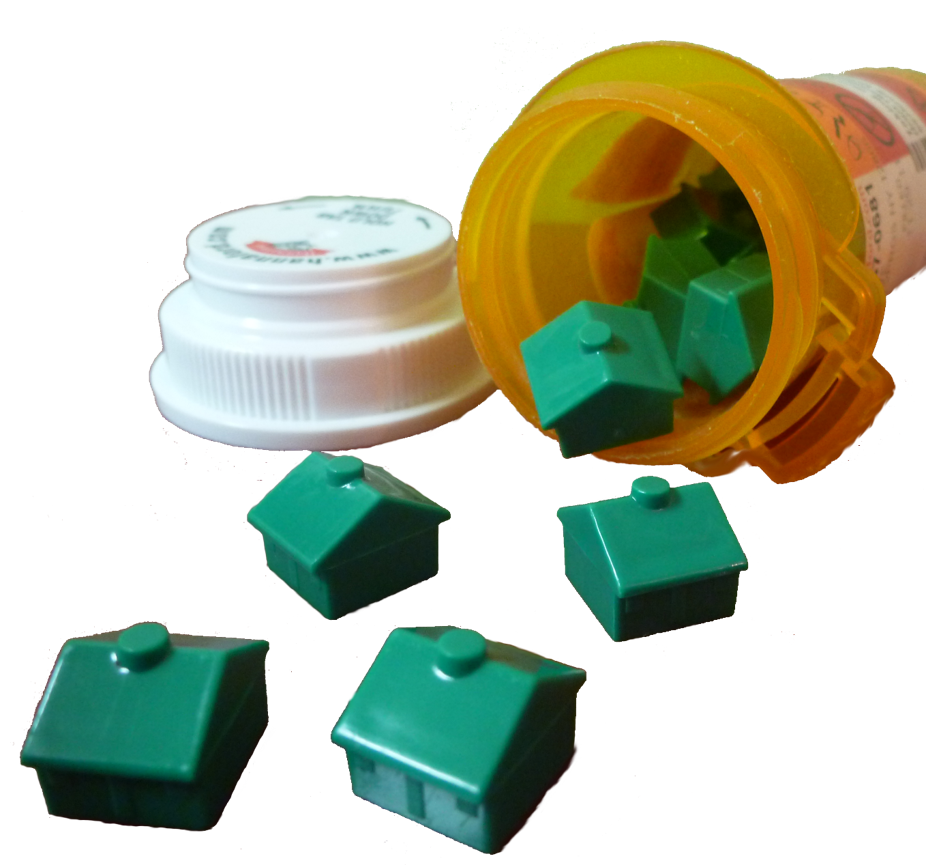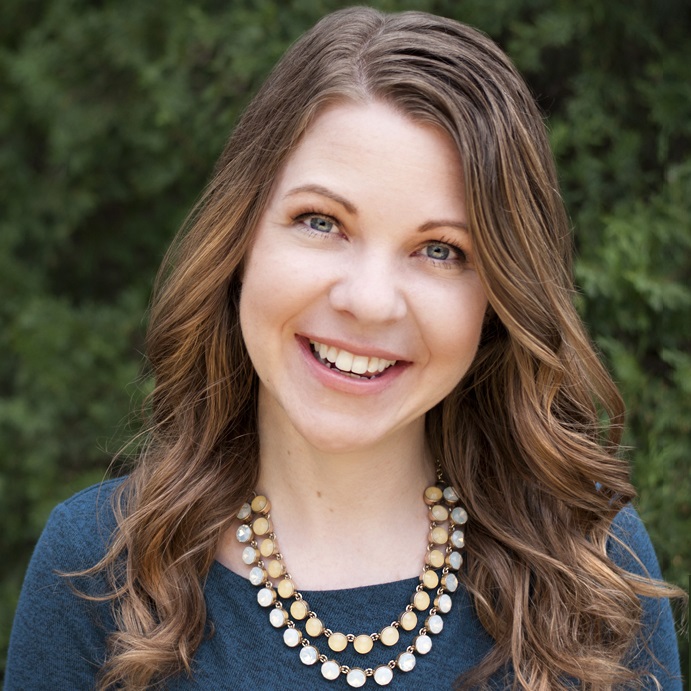Post-Election Analysis: Healthcare Financing for Healthy Homes Services Still Hard, Still Possible, Still Important
by Amanda Reddy
Two days after the recent presidential election I had to make a decision. I was supposed to be getting on a plane to California so that I could give a talk about opportunities to finance healthy homes services through the healthcare sector. This is a presentation I have given many times. I think and talk about this subject every day (yes, even weekends, #PublicHealthNerd). But I found myself at a loss for what to say. My hesitation wasn’t even a commentary on the outcome of the election but rather a reaction to the plain fact that, regardless of whether the idea thrilled or repulsed me, our healthcare system might be about to undergo another radical transformation.
The word “might” in that sentence is important. Because it is the uncertainty of what the scale and nature of that transformation could look like that made me wonder why I should fly across the country to stand in front of a room full of people and pretend that I had any answers about how to navigate this new reality. About how we would continue our work to ensure and expand access to critical public health services like home-based asthma and lead poisoning follow-up services.
But then I remembered. I remembered three things.

First, I wasn’t going to this meeting for a one-way exchange. I always leave meetings like that with new knowledge and inspiration, and I was obviously in need of both.
Second, I started working on this issue back in 2005 when I was a research scientist with the New York State Department of Health, under such an unfavorable environmental health policy landscape that my supervisor at the time begged me not to throw away my young career on something that was, in her opinion, so fruitless and so fringe. True story.
Third, I ignored her advice and discovered that there were others already working at the fringe to expand access to preventive environmental health services through the healthcare sector. In fact, some of you had been there so long, you’d taken up permanent residence. And you welcomed me in, shared your stories, your strategies, your successes and failures. And as a result, I started to work. In those early years, that meant laying the groundwork for change that would come later. I learned as much as I could about different program models, about Medicaid and healthcare financing. I talked to absolutely everyone and anyone who had tried or even thought about trying anything remotely like what I was trying to do. I wrote policy proposals about once a quarter for four years, failing repeatedly to gain any traction but always listening to what fell short and using that information to sharpen my pitch and improve my approach. I led a team that invited the state Medicaid agency, a local health department home visiting program, and four Medicaid managed care plans to help design a pilot program that wasn’t aimed at adding to the evidence base that we could improve health outcomes and reduce costs but instead focused on answering their questions and concerns about how such a program could operate in the real world. And what happened is that we answered those questions, we did improve health outcomes, we did save money; and in 2011 when New York State’s Medicaid Redesign Team was looking for ideas for how to improve healthcare delivery in the state, they came to us to ask for a proposal to fund home-based asthma services (and other healthy homes services) through the Medicaid program. That proposal was recommended and endorsed by the Health Disparities Workgroup of the Medicaid Redesign effort, subsequently included in New York State’s approved mega-waiver application to the Centers for Medicare and Medicaid Services, and will ultimately be implemented by seven Performing Provider Systems across the state that are financed through a funding pool that is reinvesting $6.5 billion of the savings previous reforms generated for the federal program back into public health prevention initiatives, including home-based asthma services.
And by this point in the conversation with myself, I was on a roll. I reminded myself that as part of my work at the national level I already know that there are many ways to get this work financed and that many, if not most, of them predate the Affordable Care Act (ACA). I reminded myself that when we cross-tabbed the results of our nationwide survey of state Medicaid policies for home-based asthma and lead-poisoning follow-up services with states that had adopted Medicaid expansion, we found no pattern whatsoever. I reminded myself that the American Lung Association’s more recent map of coverage of home-based asthma services shows progress in both red and blue states and that the most recent state to join the ranks of those providing coverage of home-based asthma services was Missouri. Coverage of environmental health services can have bipartisan support.
Now, I’m not saying that the ACA hasn’t been important or relevant to this work. It is. It’s opened up some new opportunities, it’s meant that there were more people insured to benefit from the policies we put in place through the healthcare sector, and it has sparked a genuine interest from the healthcare sector in figuring out how to address social determinants of health, like housing, and how to shift costs from treating chronic diseases to preventing them. It’s meant there was momentum and enthusiasm to put these types of services and programs in place. So it has been important. But it hasn’t been everything. Because underneath that there was a foundation. There was a foundation made up of health plans like Priority Health in Michigan and the Monroe Plan for Medical Care in upstate New York who, in the late 1990s and early 2000s, were already investing in these services. And of community-based organizations, like the Asthma Network of West Michigan, who were ready to partner with them and tell the rest of us the secret to getting the job done. And of state- and local-funded initiatives, including the New York State Healthy Neighborhoods Program, which has operated continuously since 1985 reaching 7,500 homes or more every single year. And of ordinary people like me in red and blue states across the country who were busy laying the groundwork. And of the staff who designed the Asthma Community Network to help us find each other and the best practices we needed to get our work off the ground.
And here’s the thing: That foundation still exists, and it is stronger now than it has ever been. We have more examples than ever of how financing these services isn’t just good healthcare, it’s good business. We have good reason to believe that the value of this work will continue resonate across the political spectrum and evolving healthcare landscape. And we have a bigger army of ambassadors to carry that message for us.
So regardless of what happens next, we can always do those two things. We can look for the forward thinkers, the Priority Healths and the Monroe Plans, in each state or community, and in places where there aren’t any, we can shore up the foundation so that when the landscape changes again and the conditions are more favorable, we can be ready to transform these systems permanently.
In the end, I got on the plane. I got back to work.
A few days later the Centers for Medicaid and Medicare Services announced their approval of a State Plan Amendment to use federal and state funding to expand lead abatement activities in the impacted areas of Flint and other areas of Michigan. And I remembered two more things. This work is not only possible, it’s imperative.
Note: Interested in putting home-based asthma services or lead poisoning follow-up services in place, but not sure where to start? Whether you’re a community-based organization, healthcare payer, healthcare provider, public health agency, or housing organization, NCHH and its network of partners can help. Contact askanexpert@nchh.org for more information or check out our new state-specific case studies and other resources in our Healthcare Financing Resource Library.
 Amanda Reddy, Executive Director of the National Center for Healthy Housing, has advanced numerous initiatives, including those related to healthcare financing of healthy homes services, training and technical assistance to support the launch and growth of sustainable healthy homes programs, and the development of indicators for the HUD Healthy Communities Index. Prior to NCHH, Ms. Reddy was a research scientist with the New York State Department of Health, where she provided program evaluation, management, and technical support for the Asthma Control, Healthy Homes and Lead Poisoning Primary Prevention, Healthy Neighborhoods, and Healthy Home Environments for New Yorkers with Asthma programs. Ms. Reddy holds an MS in environmental health from the London School of Hygiene and Tropical Medicine and a BA in neuroscience from Mount Holyoke College.
Amanda Reddy, Executive Director of the National Center for Healthy Housing, has advanced numerous initiatives, including those related to healthcare financing of healthy homes services, training and technical assistance to support the launch and growth of sustainable healthy homes programs, and the development of indicators for the HUD Healthy Communities Index. Prior to NCHH, Ms. Reddy was a research scientist with the New York State Department of Health, where she provided program evaluation, management, and technical support for the Asthma Control, Healthy Homes and Lead Poisoning Primary Prevention, Healthy Neighborhoods, and Healthy Home Environments for New Yorkers with Asthma programs. Ms. Reddy holds an MS in environmental health from the London School of Hygiene and Tropical Medicine and a BA in neuroscience from Mount Holyoke College.